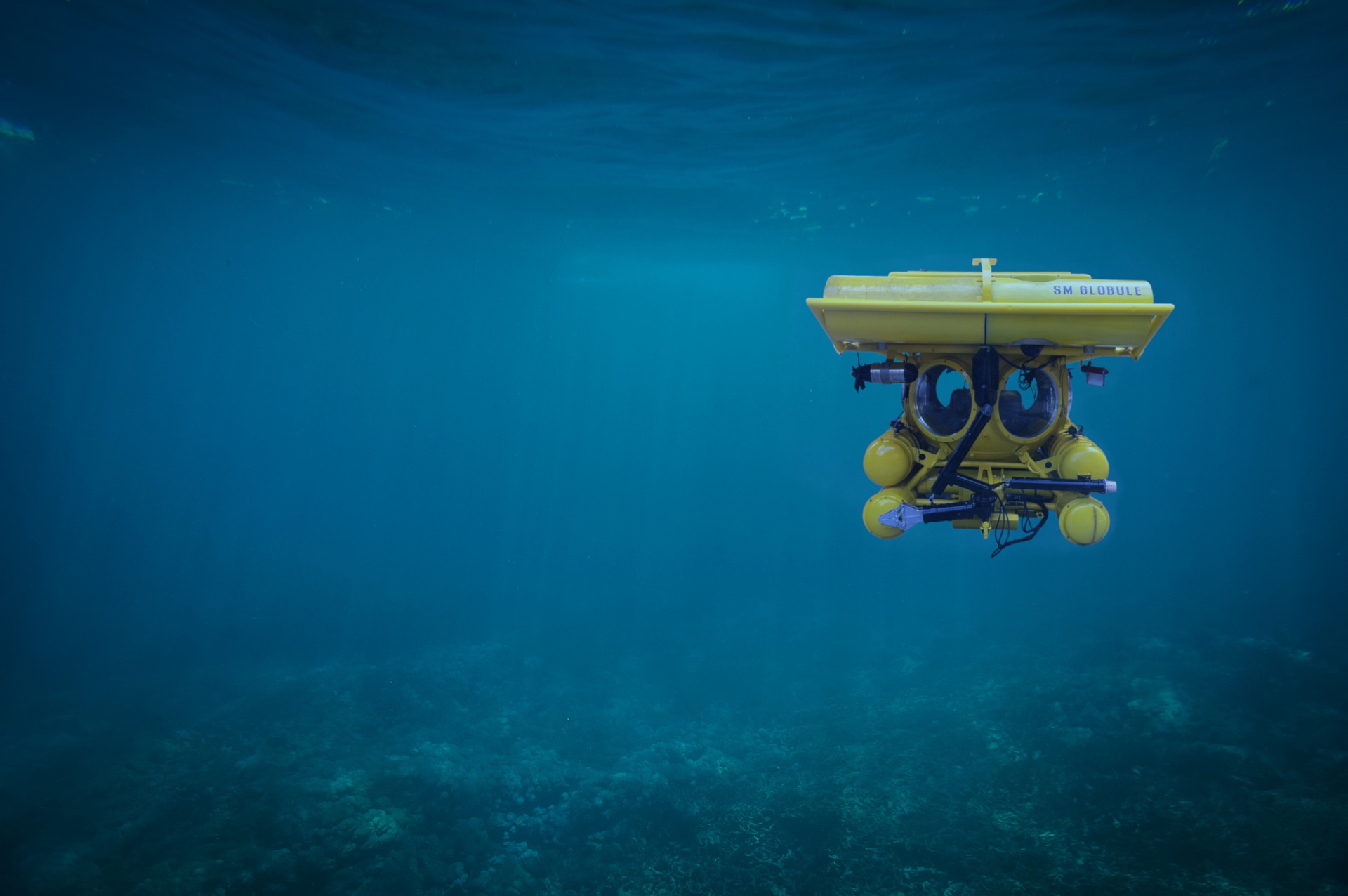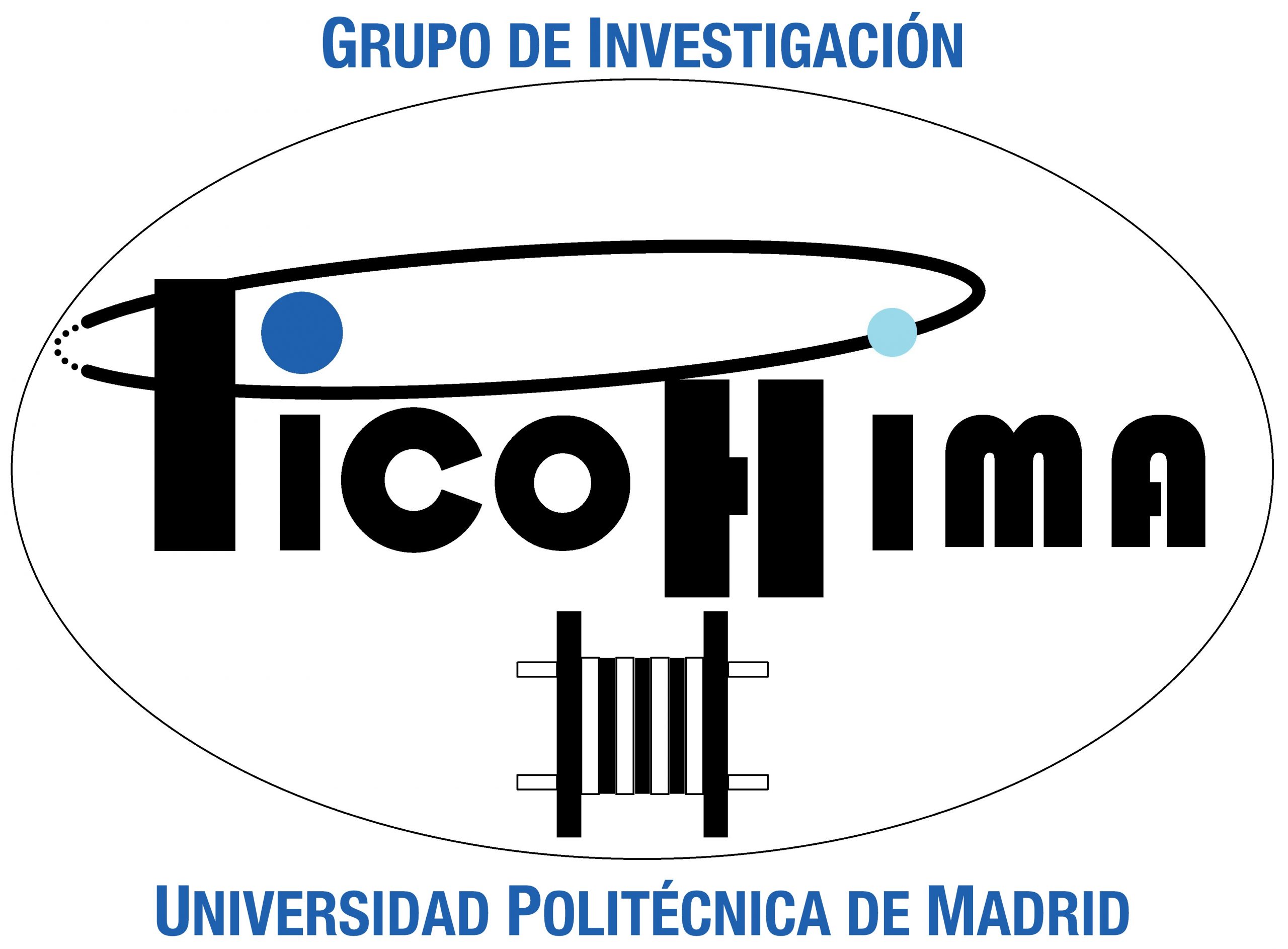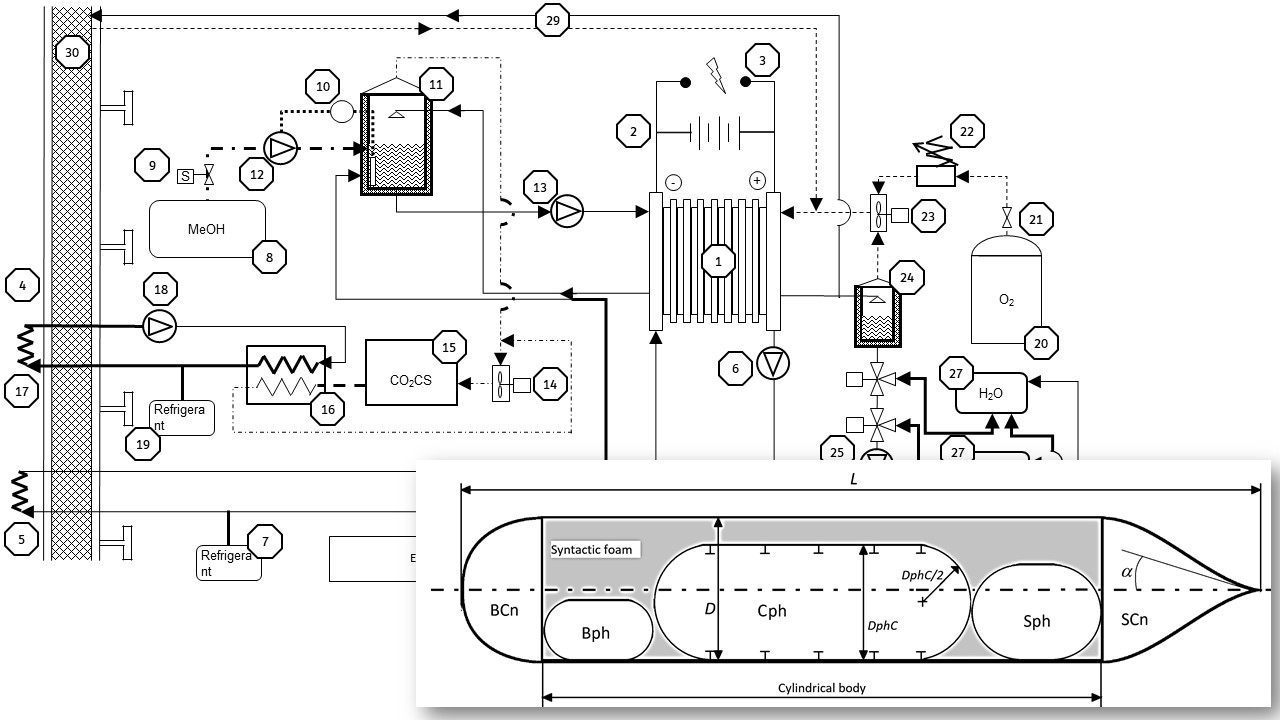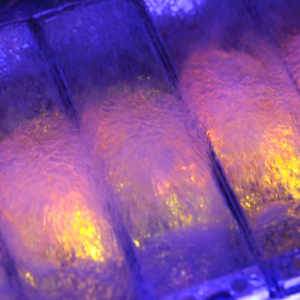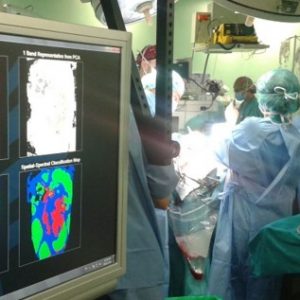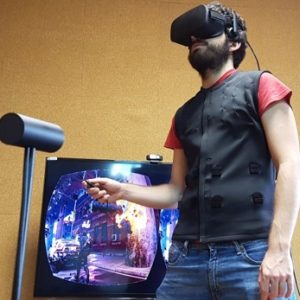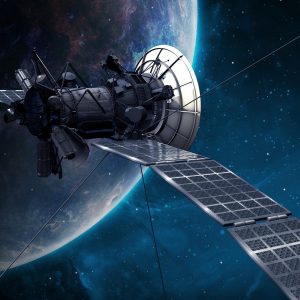Brief description of the solution and the added value it delivers
DMFC-AUV/QpDM is a tool for the preliminary design of autonomous underwater vehicles powered by a direct-methanol fuel cell (DMFC). This tool allows the user to quickly come up with preliminary designs that can be used as a starting part for final development.
Description of the technological basis
DMFC-AUV/QpDM is based on a genetic algorithm that looks for the optimum design according to the characteristics established in advance by the user. The tool has been programmed in Matlab and is offered in the form an independent executable (EXE) file compatible with the Windows 10 operating system.
Business needs / application
- Since the appearance of the first autonomous underwater vehicle in 1957, these vehicles have shown themselves to be powerful and versatile tools for researching, looking after and exploiting underwater environments. However, their development is hindered by the autonomous navigation limitations currently affecting such vehicles. Fuel cell technology has been identified as a good candidate to address that deficiency.
- PiCoHiMA has researched the use of direct-methanol fuel cells (DMFCs), concluding that they have great potential here. As part of the research, the AUV-DMFC/QpDM tool was developed for the quick preliminary design of autonomous underwater vehicles powered by DMFCs.
- Due to the particular characteristics of submarine design, the development of autonomous underwater vehicles powered by fuel cells is a complex task that requires a very costly iterative process. AUV-DMFC/QpDM saves a great deal of that effort in the initial stages of the design process, offering users a preliminary design solution based on their preferences that can be used as a starting point for the development of the autonomous underwater vehicle.
Competitive advantages
- DMFC-AUV/QpDM allows the preliminary design of autonomous underwater vehicles powered by DMFCs to be carried out quickly and with minimal effort.
- For example, the tool takes 20 minutes to find the optimum design when configured with an initial population of 1,600 individuals.
Stage of development
- Concept
- Research
- Lab prototype
- Industrial prototype
- Production


